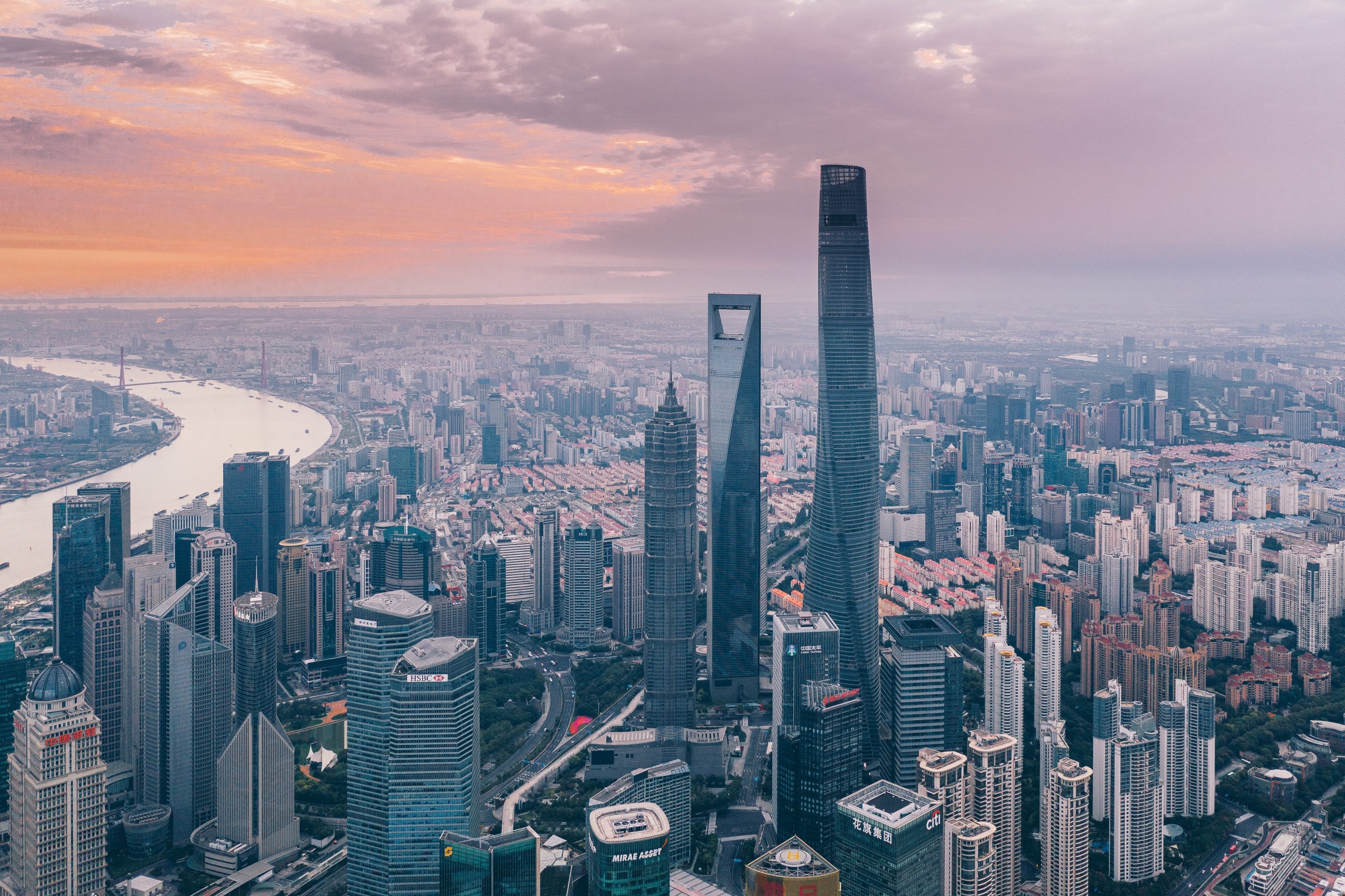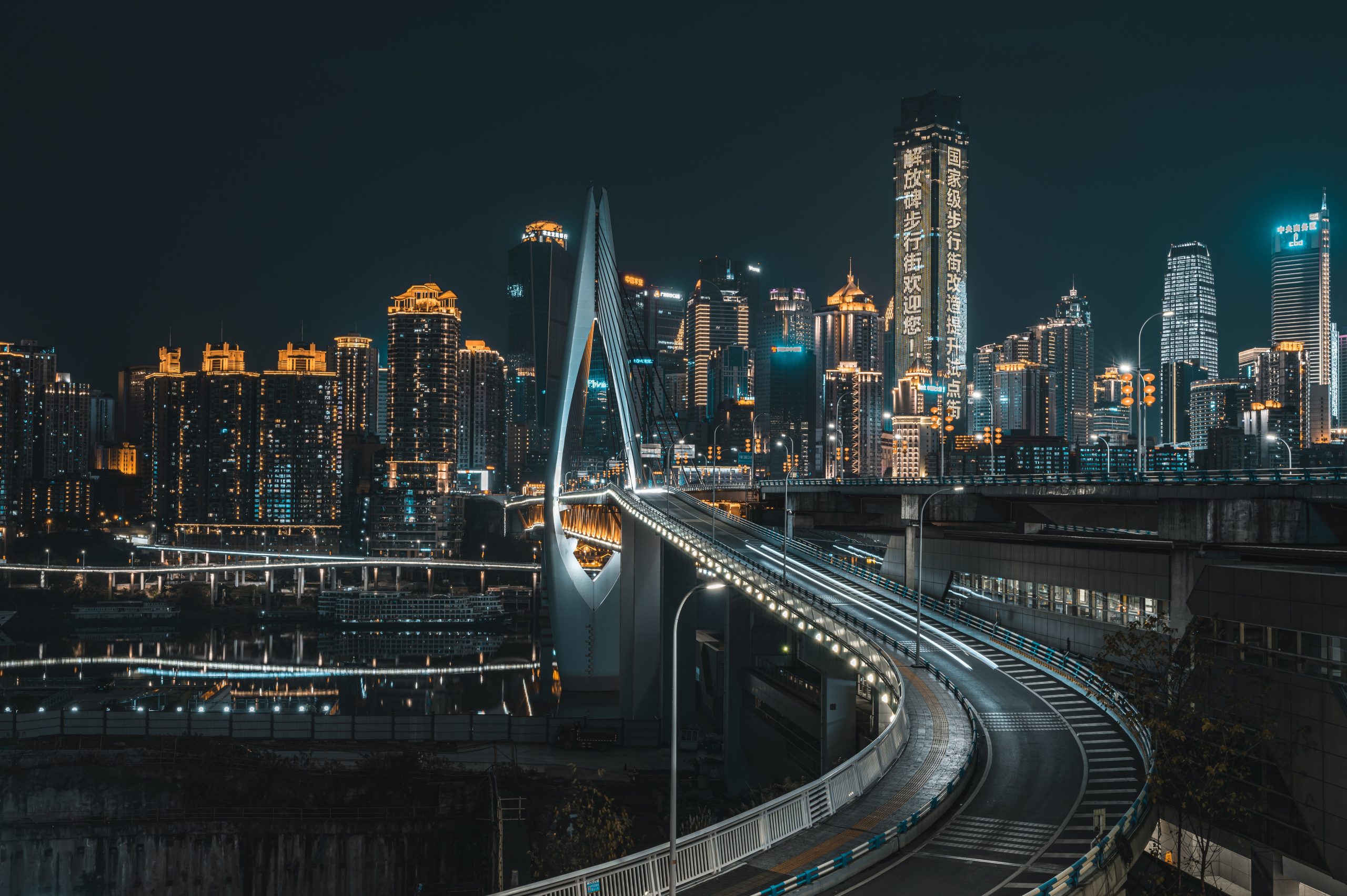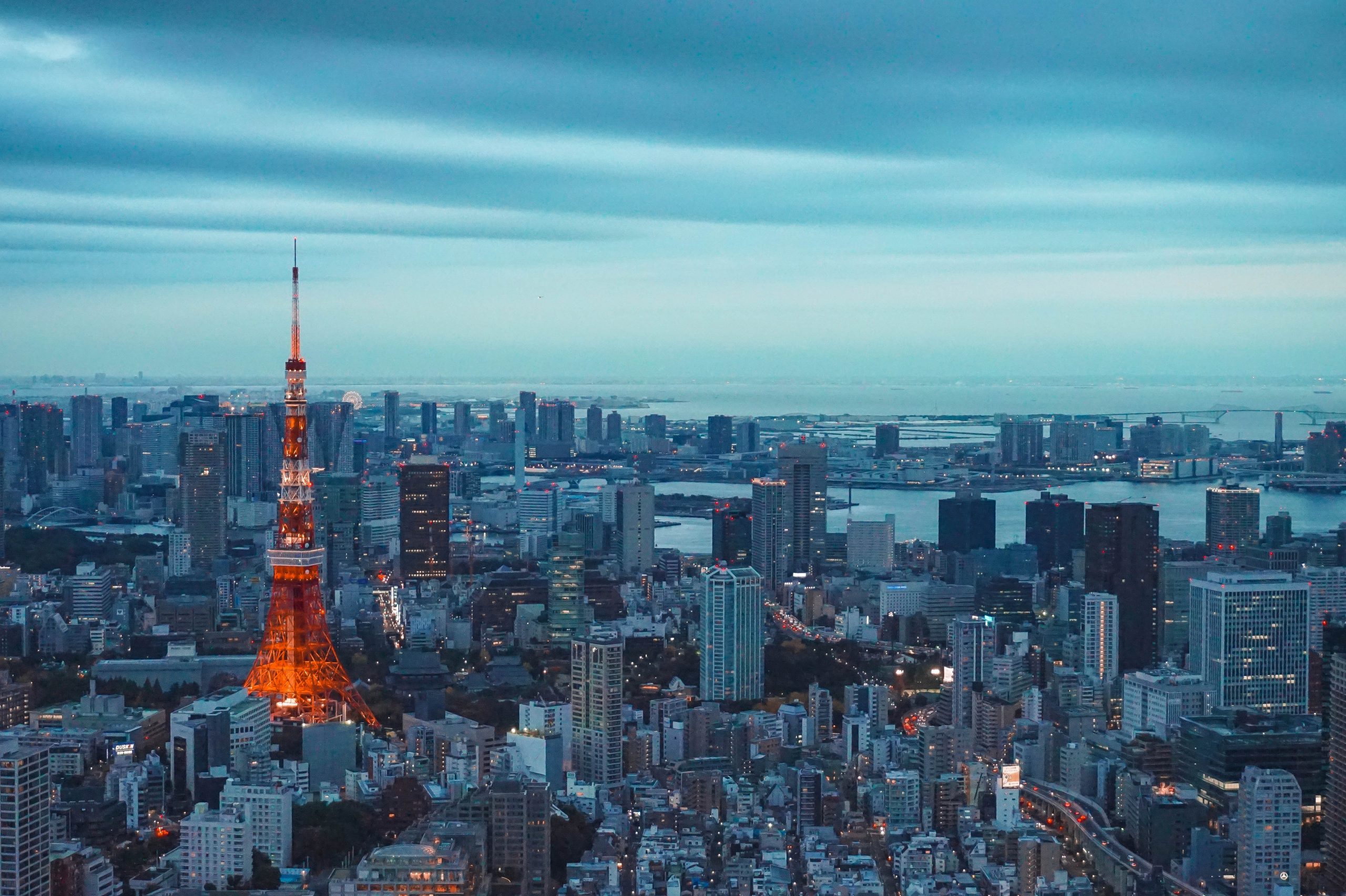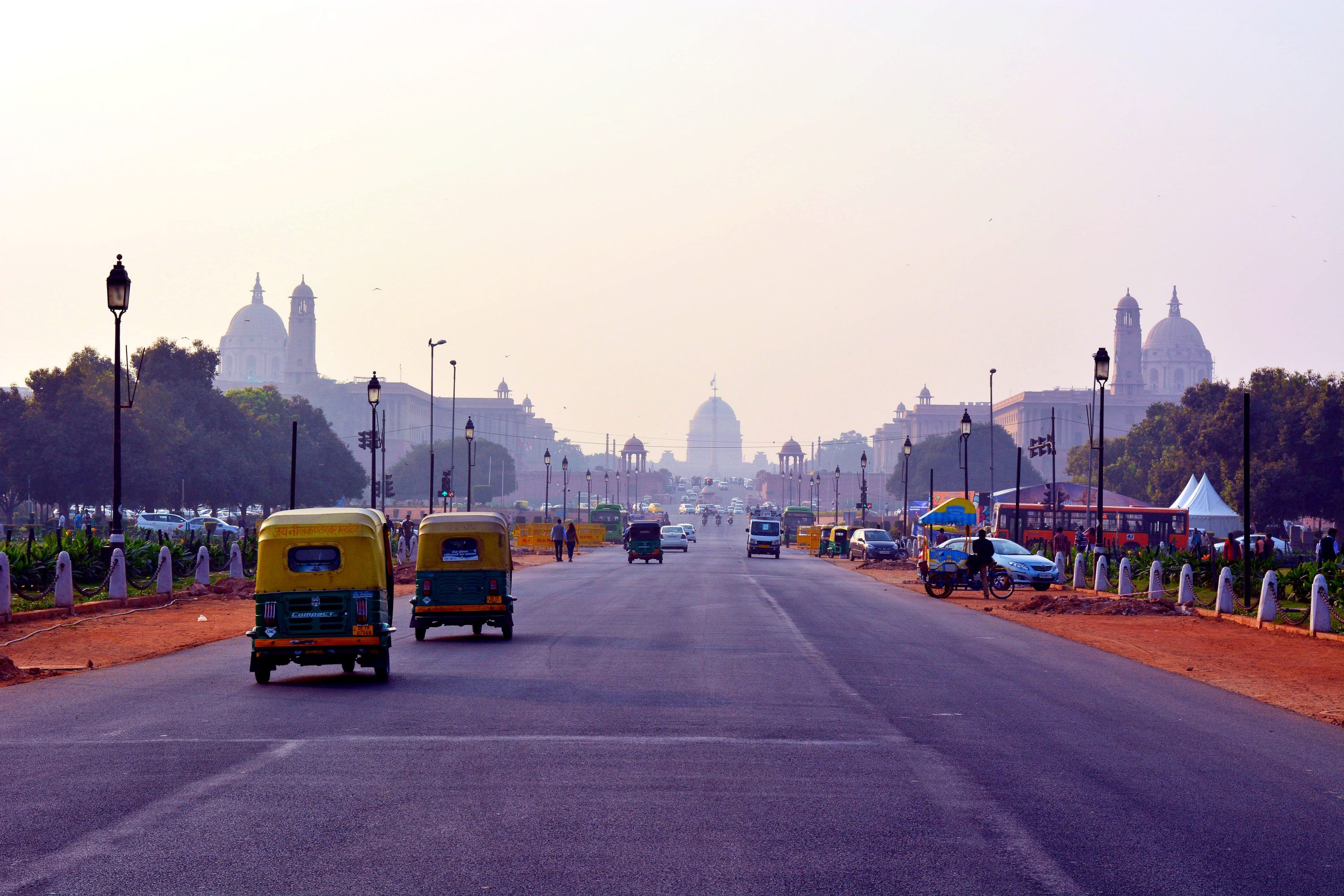What is the biggest city in the world?

More and more people are drawn to many of the biggest cities in the world like moths to a flame – in process only enlarging them. But what criteria should be used to decide what’s the biggest city in the world and who is the frontrunner in the perpetual race?
Billboard
Skyscrapper
Halfpage
Many urban centres are vying for the title of the biggest city in the world. But there are countless different ways to measure a city’s size, and even more ambiguities. Only one thing is certain: the world’s largest city is in Asia.
Dispute over the definition
The question of which is the biggest city in the world has been on our minds for as long as there have been cities. To answer this question, it is first necessary to define what belongs to a city. According to the United Nations, cities can consist of the urban area, the urban area and urban surroundings, or the metropolitan region.
For example, the Chinese city of Chongqing, that many believe is the biggest city in the world, has an administrative area the size of Austria and the highest population within city limits. This is called the “city proper”. However, 70% of Chongqing’s people live in rural areas within the city limits.
According to UNICEF, a commonly accepted definition of the city concerns “the population living within the city limits or directly subject to the city authority”. Accordingly, both political and legal boundaries apply. This explains why suburbs are often not part of the city. Still other definitions focus on the metropolitan area, as typically a large number of people who are in the city every day for work live in the immediate vicinity of the city. They are part of the city’s labour market.

An attempt at a top 10 list
According to Statista, the biggest cities in the world according to population are these metropolises in 2023:
- Tokyo in Japan with 37.2 million
- Delhi in India 32.9 million
- Shanghai in China with 29.2 million
- Dhaka in Bangladesh with 23.2 million
- Sao Paulo in Brazil with 22.6 million
- Mexico City in Mexico with 22.3 million
- Cairo in Egypt with 22.2 million
- Beijing in China with 21.8 million
- Mumbai in India with 21.3 million
- Osaka in Japan with 19 million
But Chongqing in China, Seoul in South Korea and Manila in the Philippines are also among the biggest cities in the world. And New York City, Istanbul, Karachi, and Guangzhou are also megacities. Depending on how you count the cities, different numbers are seen. Census surveys also differ in different countries and cities, which is why not all figures are up to date. Informal settlements, people who have fled and registration systems that do not always work well make it even more difficult to collect accurate figures. Therefore, they are always estimates.
By the way, the three biggest cities in Europe are Istanbul (almost 16 million inhabitants), Moscow (13.1 million) and London (8.8 million).

Does Chongqing count?
Chongqing is without question one of the biggest cities in the world (32 million people) and has therefore heard special attention. It represents one of the four directly administered cities of the People’s Republic of China. The others are Beijing, Shanghai, and Tianjin. Overall, the municipality – the only one of the four that is inland – is about the size of Austria. Besides Chongqing, it includes several other cities. While the area does not have the largest urbanised area in the world, it does have the largest administrative area in terms of population.
Moreover, it is the only city in China that can constantly boast a population of over 30 million. This includes rural areas, which is why the title of the biggest city in the world can be doubted. Shanghai, Beijing, and Shenzhen have larger urban populations, but as an urban community, Chongqing wins.
The Chinese city has a long history and a rich culture. It represents the financial centre of the Sichuan Basin and the upper Yangtze River. The megacity has one of the busiest airports in the world, the longest monorail system and a large number of foreign representations and research institutions. One of the four most important Chinese car manufacturers, Changan, is based in Chongqing.
The biggest city in the world is in Asia
According to current estimates, Tokyo could have over 37 million inhabitants, grabbing ultimately the title. In any case, the Japanese metropolis is one of the largest and most influential cities in Asia. The city used to be known as Edo. It developed from a small town and cracked the one-million mark as early as 1720. From 1868, the people called the city Tokyo and it grew even faster than before. In 1900, two million people lived here, and in the 1940s it was already seven million. Today, Tokyo is indispensable not only for the economy but also for tourism.
Delhi is home to at least 32 million people, with a large unknown due to the many informal settlements or “slums”. The huge Indian city has been inhabited since the 6th century and was the centre of many kingdoms. Today, much of the Indian government is located here.
Shanghai is one of the world’s largest cities, with a population of at least 28.5 million people. The economic centre in eastern China has one of the largest seaports in the world. The city used to be a market with a fishing village but became increasingly important from the 19th century due to its geographical location. Today, Shanghai is the epitome of China’s rapidly growing economy.

Wanted: Sustainable climate solutions for the biggest city in the world
The United Nations estimates that by 2030 there will be an additional 600 million people in the world. There are already over 8 billion people, more than half of whom live in cities. By 2030, there will be at least 60 per cent city dwellers. According to 2018 United Nations estimates, there are 81 cities worldwide with more than 5 million people living in them. The organisation took both actual cities with city boundaries and metropolitan regions and areas into account.
The number of megacities with over 10 million inhabitants is also interesting. There are 34 of them worldwide: 21 in Asia, 6 in Latin America and 3 in Africa. According to the United Nations, there could be 43 megacities by 2030. Delhi, with almost 39 million inhabitants, will probably be the biggest city in the world.
In view of the climate crisis, which has particularly drastic effects in cities and is also fuelled by large cities, it is essential to find good solutions for the city of the future. Cities like London and Paris are showing how sustainable urban living is possible.












